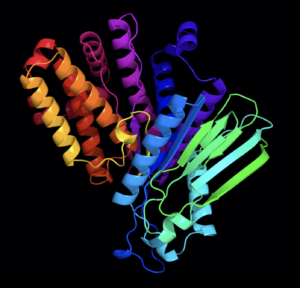Molecular Jiu-Jitsu – Turning Cancer’s Mistakes Against Itself

What’s emerging next from the AACR box?
Synthetic lethality has always seemed a great idea on paper, yet the very nature of tumour complexity has frequently hampered our efforts to make the most of the scientific premise.
There’s a new kid on the block now with an altogether much clearer proposition on offer.
There are also several of these compounds already in the clinic with a raft of others pursuing them in preclinical development.
What’s not to like?
In our second major update on this class of agents, today’s story takes a look at where we are, what’s coming up, and where we’re headed in the context of what needs to be accomplished…
To continue reading our latest highlights on oncology new product development including commentary and analysis BSB subscribers can log-in or you can click to access the content.
This content is restricted to subscribers








